Camping tips
16 tips for a successful camping adventure
Have you forgotten your water and are stranded? Or is it the constant rain that's soaking you? Sometimes, in addition to good equipment and a love of the great outdoors, you also need a few little tricks to avoid fishing in the doldrums on camping trips. In our infographic, we reveal how you can get a tasty trout without a fishing rod if a bear cub has plundered your provisions, the best way to avoid trouble with the mummy bear and why you don't even need a flint to make a fire these days. Of course, it's up to you to decide which of our tips you take seriously and which only make you smile a little; but to avoid any misunderstandings, we'll explain our serious recommendations in a little more detail below.
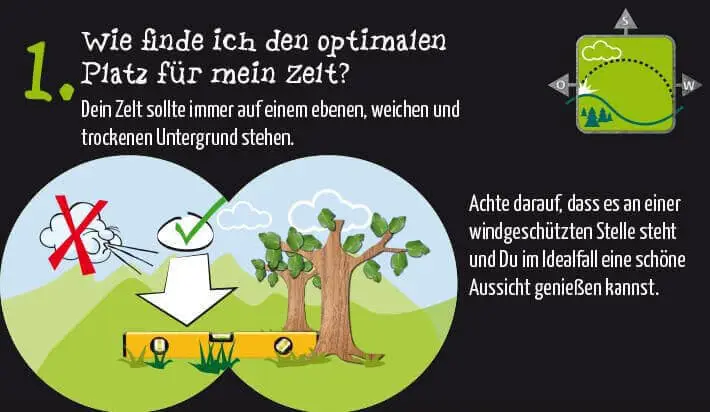
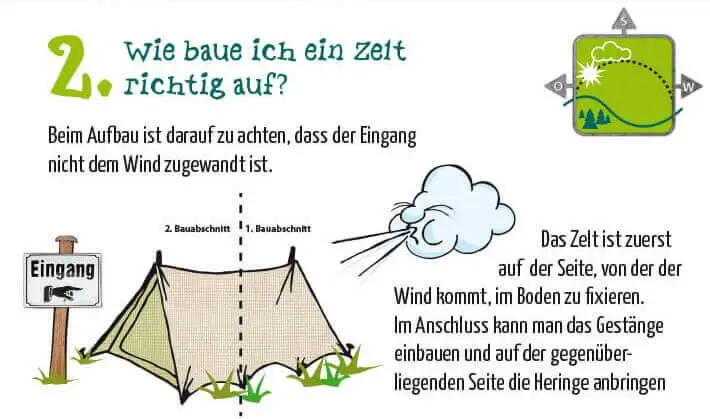
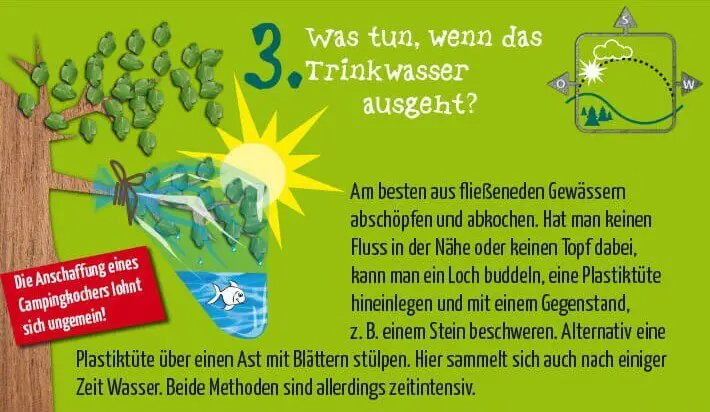
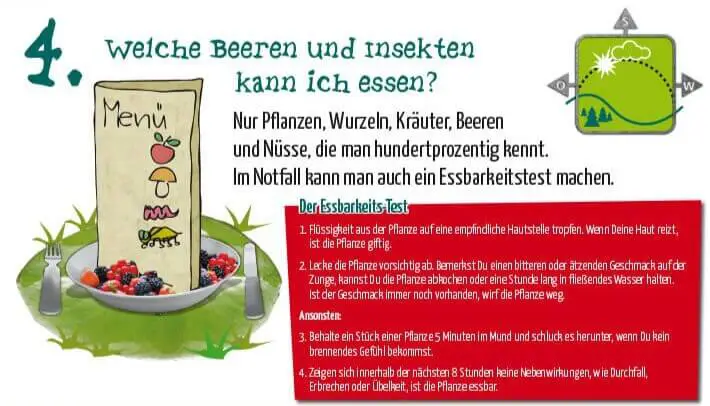

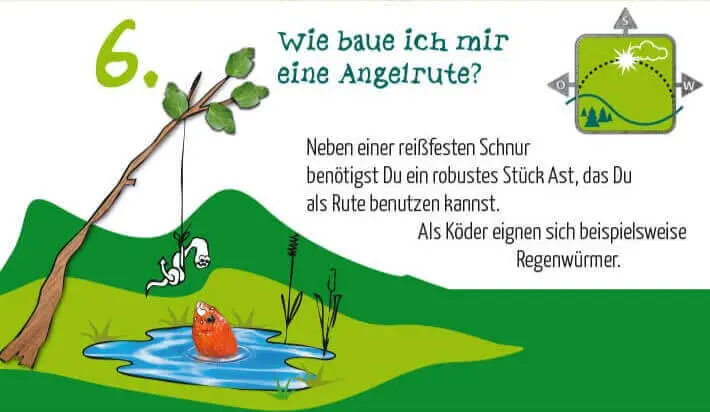

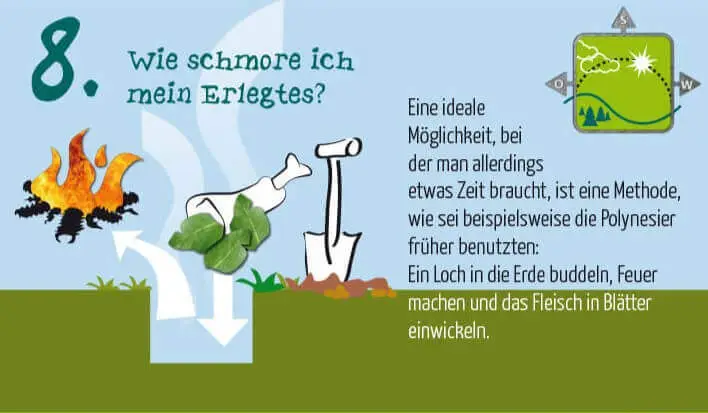
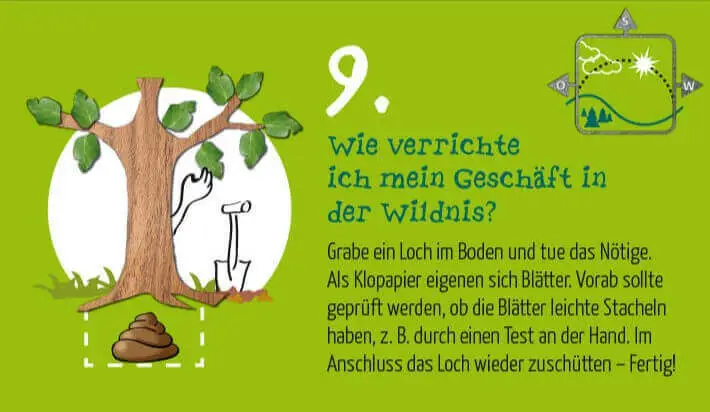

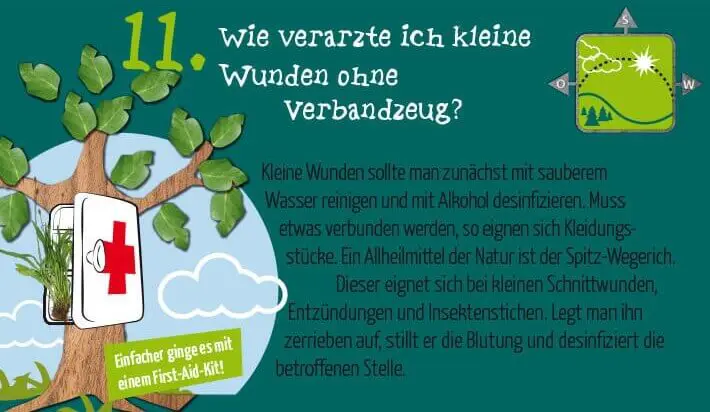
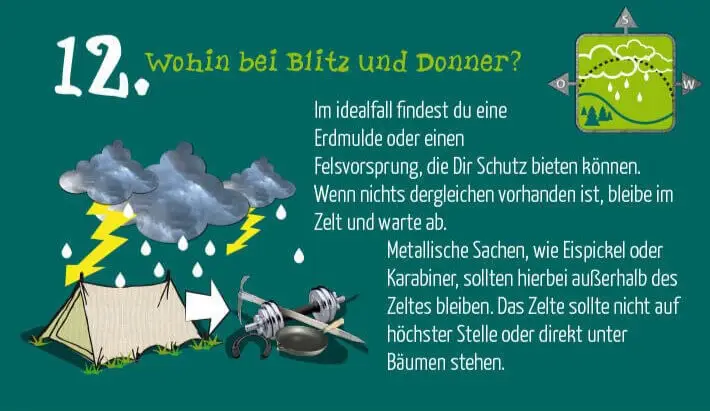
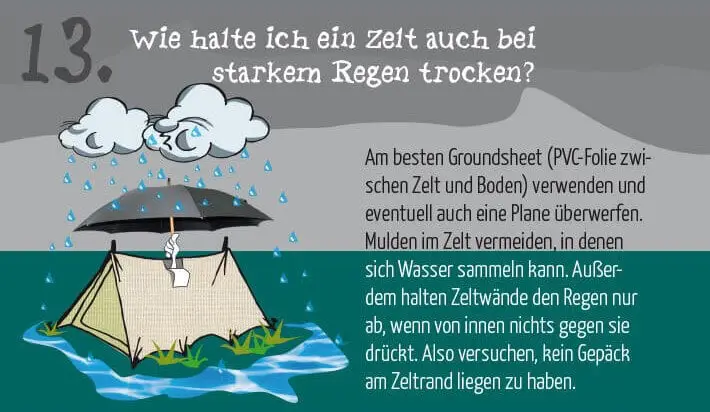
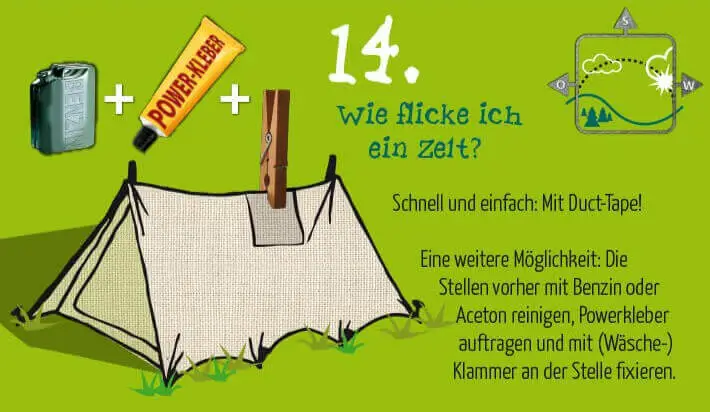
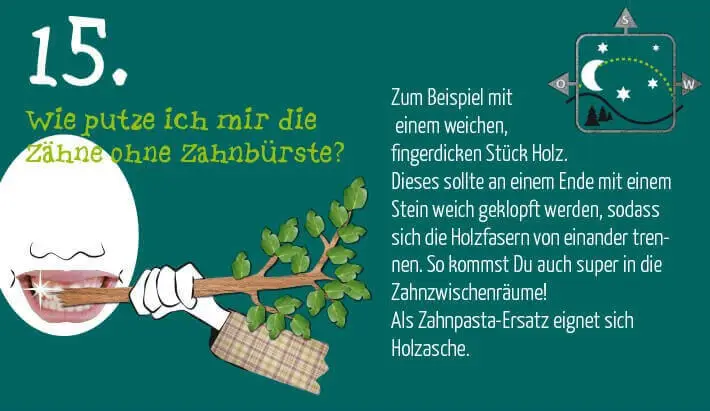
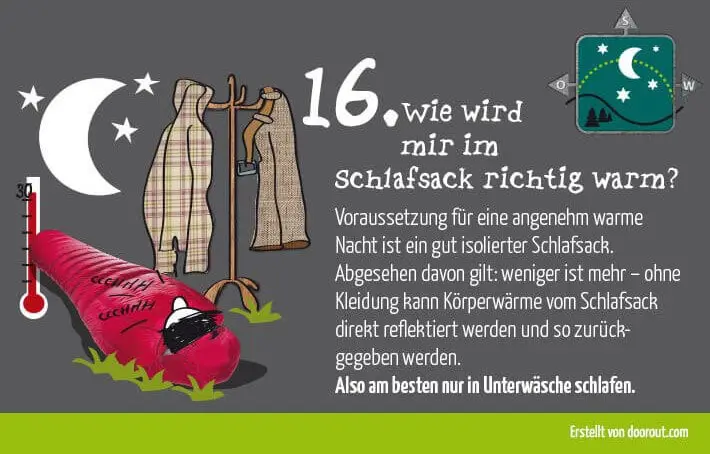
















































The best place for a tent and the right set-up (points 1 and 2)
So, have you learnt anything else? As an old camping hand, some of our tips are probably not new to you, but important points cannot be repeated often enough. Even those who have been camping for years often pitch their tent in the wrong place. However, if you want to attach the pegs properly or keep the ground under your feet in a storm, you should definitely pay attention to the ground conditions and a sheltered location. The entrance should face away from the wind and weather, as otherwise not just a few leaves, but a whole load of rain or snow may enter the tent.
Getting drinking water - how it works (point 3)
It's unlikely that you'll run out of drinks when you're travelling. Nevertheless, it is worth knowing how to obtain water if your camping cooker goes on strike or there is no water in the vicinity. As mentioned in the infographic, dig a hole about 50 centimetres deep. Place the plastic bag or tarpaulin, whatever you have to hand, in it to create a kind of trough. This must be weighted down with stones, which should not only be as smooth as possible, but also as clean as possible (in your own interest). Fill the pit to the top. At night, condensation will then collect in the baptismal font, which can simply be filled in the morning. The tree method is based on a similar principle: a stone is inserted into the plastic bag before it is placed over a branch and closed and secured with a string. As with the soil trap, however, it takes some time before you can finally drink the condensation that has escaped from the leaves.
Finding food in nature yourself - what is edible and what is not? (Point 4)
When your stomach is rumbling, nature has plenty to fill it up again. Please exercise caution here and only eat what you know! An appropriate guidebook or, as is common in the age of smartphones, a survival app (e.g. Survival & Bushcraft) can be helpful here. If you catch a fish with your self-made fishing rod, you can of course do without rabbit food, but you should think twice about hunting wild boar - you don't want to end up on the run.
Making a fire without flint, lighter and co. (point 7)
Anyone who has had hunting success doesn't like to eat their prey raw. And in the unlikely event that you have chocolate and tinned cola in your rucksack instead of matches and a lighter, you can actually make a fire with these two tools. Chocolate with chunks (e.g. Toblerone) would be an advantage, as it grinds the bottom of the tin nicely. If in doubt, remember to pack a lighter!
Hole in the ground and leaves - the natural alternative to toilet and toilet paper (point 9)
Digging a hole in the ground is not only useful if you want to cook food, but above all to do your business in. If you need toilet paper, you should stick to spine-free leaves or moss - remove the pine needles first. And hopefully we don't need to go into any more detail on this topic.
Dealing with bears (point 10)
If a bear ever crosses your path, hopefully it won't be on the loo. Who likes to throw themselves on the ground in that situation? This tactic should only be used with grizzlies, especially if there is no tree nearby to climb. Black bears can be intimidated by shouting at them or, in the event of an attack, defending themselves with a stick or similar. Whilst this method is not recommended for grizzlies, you should not climb away from the black bear, as a tree is no obstacle for the smaller bear.
Natural pharmacy - How to treat small wounds (point 11)
If a bear ever crosses your path, hopefully it won't be on the loo. Who likes to throw themselves on the floor in that situation? This tactic should only be used with grizzlies, especially if there is no tree nearby to climb. Black bears can be intimidated by shouting at them or, in the event of an attack, defending themselves with a stick or similar. Whilst this method is not recommended for grizzlies, you should not climb away from the black bear, as a tree is no obstacle for the smaller bear.
Thunderstorms: The ideal place to stay and the rainproof tent (points 12, 13 and 14)
If you want to or have to brave the vagaries of the weather, you should look for shelter or prepare your tent well. The tip from the infographic provides the necessary information. And duct tape is a good recommendation for holes, tears or other small repairs. If only everything could be repaired so easily!
Good night: Brush your teeth without a toothbrush and sleep cosy and warm (points 15 and 16)
Even a long day full of challenges comes to an end and after fighting for survival all day, there is hardly anything better than slipping into your sleeping bag. Do this, but preferably in your underwear as recommended. Believe it or not, this is usually the warmest way to sleep. And if you don't have a toothbrush to hand, then go to bed with your teeth unbrushed - unless you really want to stick a piece of wood in your mouth!



























